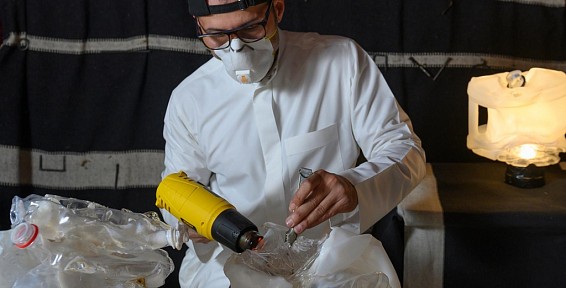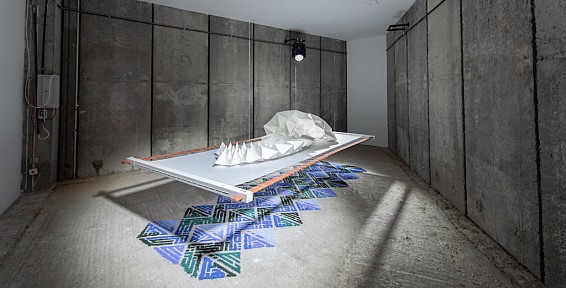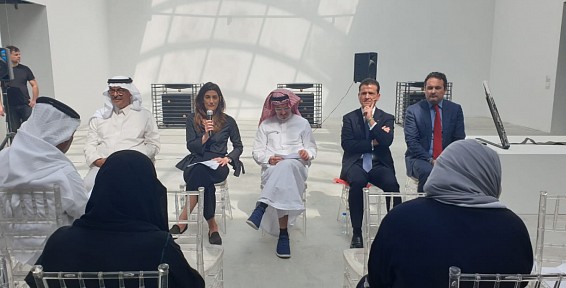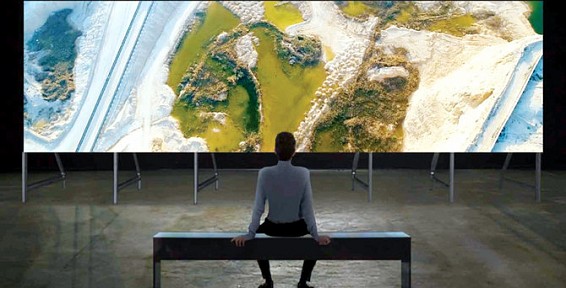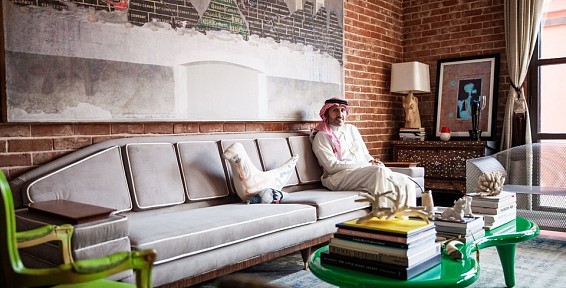"I asked artists to think about three core ideas," El Khalil says. "The first was biomimicry - a connection with nature, learning from nature, from 3.8 billion years of evolution. The second was adaptability: decisions might need to be amended ver
February 9, 2020 - Melissa Gronlund_ The National_ Art & Culture
I Love You, Urgently looks to natural forms, communities, connections, and a level-playing field between humans and the natural world – ideas such as camel herders singing lullabies to their animals. Its ostensible focus is the continuing climate emergency, though the artists involved in the exhibition were inspired not just by climate change, but by the strategies and shifts in mind-sets that will be necessary to improve or adapt to a changed planet.
“I asked artists to think about three core ideas,” El Khalil says. “The first was biomimicry – a connection with nature, learning from nature, from 3.8 billion years of evolution. The second was adaptability: decisions might need to be amended very quickly, and the needs themselves might need to be amended very quickly. And the third was specificity: to look at our environment and to think, what are the specific needs?” Each of the works on show were commissioned, and the 21, 39 organisers worked with the artists from research phase to final result.
Read More >>
